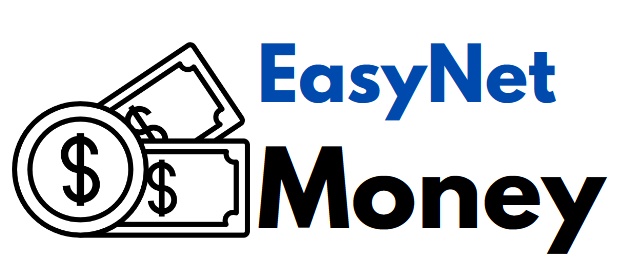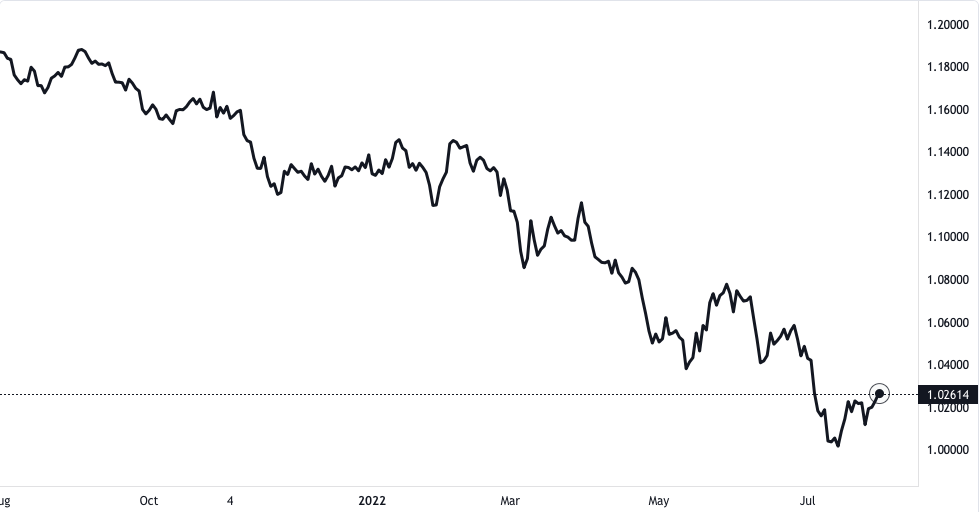The EUR/USD currency pair has shed weight and dropped to 1.0215 as it drew back on its intraday gains. This followed the reduced retail sales report from Germany in the early hours of Monday in Europe.
Mood Swings in the Market
Another factor that contributed to the major pair’s fall is the slow session and cautious atmosphere in the market. This also comes ahead of the US employment report coming up later this week. There is equally a gentle risk-aversion sentiment going on in the market.
EUR/USD price chart. Source TradingView
The German retail sales record shed off 8.8% year-on-year in the month of June against -8.0% market expectation. It is also against the initial figure of -3.6% that was recorded in the month of May.
The latest reports from the Eurozone dampen hopes of a fast recovery when the bloc’s Gross Domestic Product gave a flash positive figure on Friday. It returned a +0.7% quarter-on-quarter figure. This came against the market’s expectation of 0.2% and the former figure of 0.6%.
Yet again, another factor weighing on the EUR/USD pair might be Russia’s decision to stop supplying gas to Latvia. Again, the latest hawkish statement coming from Neil Kashkari, the President of the Minneapolis Fed adds to the weight. A stronger print from the Fed’s inflation gauge is equally possibly pulling the pair downward.
A Slight Tension from China Over Taiwan
It should be noted that the halt in the market’s risk-on could have underpinned the US Dollar and its status as a safe haven. This is something that goes a long way to tease sellers of the currency pair. The unexciting sentiment might be connected with the PM index from China.
Note that China is warning the US against the possible visit of Speaker Pelosi to Taiwan.
The S&P 500 futures portrayed the market’s mood as it drew back from its monthly height. It went down by 0.45% on its intraday calculation. Meanwhile, the US ten-year Treasury yield rose by 3 basis points to hit 2.67% as of press time.
Going forward, the final reading from Europe’s S&P Global PM index for the month of July might be in favor of EUR/USD traders. The unemployment rate for the month of June might also have the same effect. This is important in anticipation of the ISM manufacturing index for the US in July is in view.
The PMI is expected to come in at 52 against the initial figure of 53.


